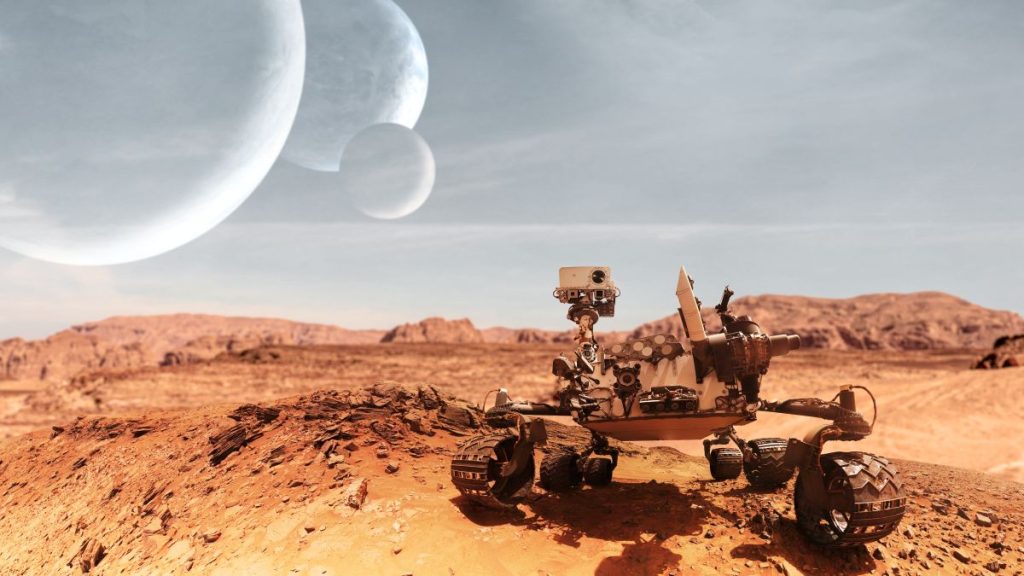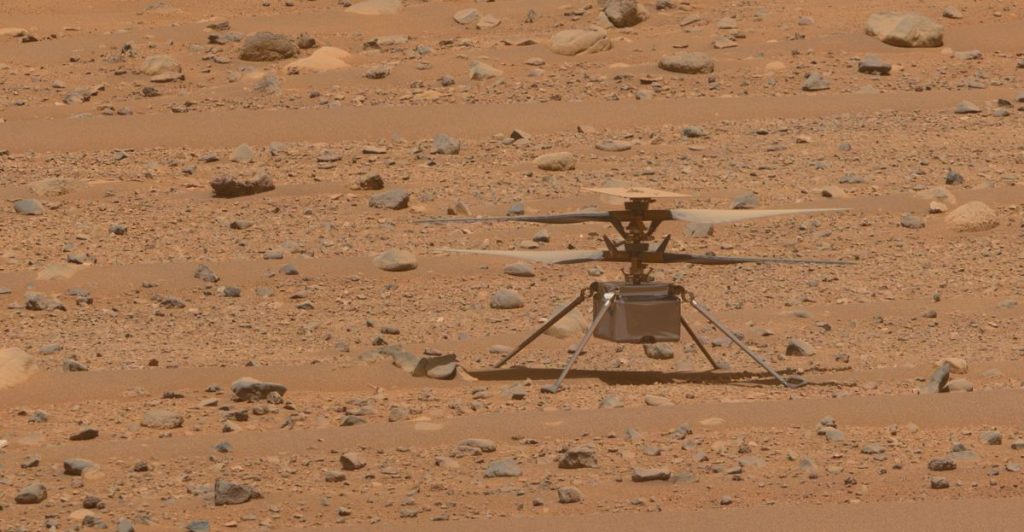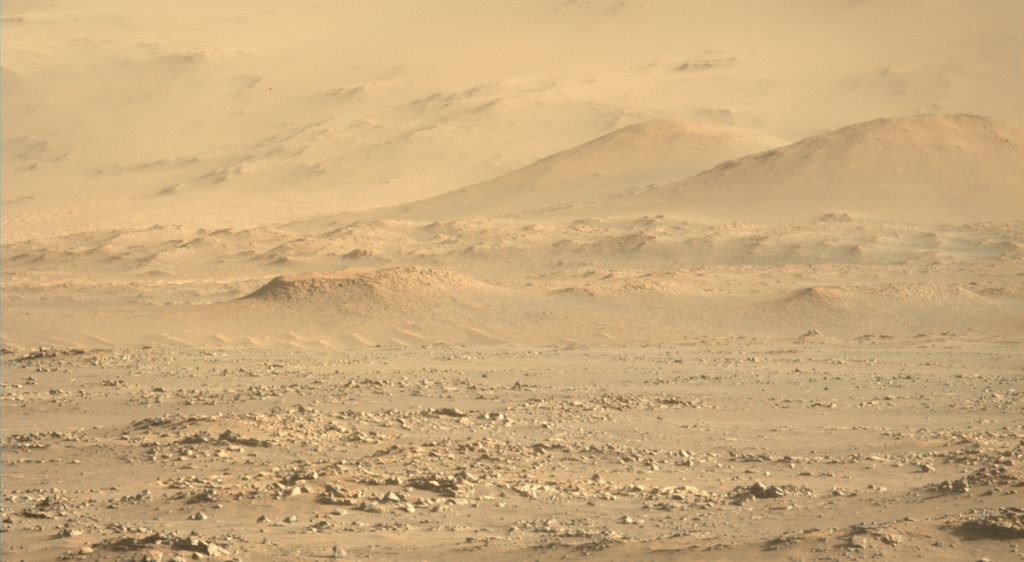Protecting Earth by Studying Mars
Others are reading now
Protecting Earth by Studying Mars
Mars as a Warning from the Future

Mars is a cold, dry desert today, wrapped in a thin atmosphere that offers little warmth or protection. Yet billions of years ago it appears to have been very different: thicker air, flowing water, lakes and maybe even oceans.
That transformation from a wetter, warmer world to a frozen wasteland raises a disturbing question for us: how does a planet lose its atmosphere, and could something similar ever threaten Earth? To answer that, scientists need to understand how Mars changed over time — especially how the Sun and space weather may have stripped it bare.
ESCAPADE – Twin Probes with a Single Big Question

According to ABC News, NASA and the University of California, Berkeley are launching a mission called ESCAPADE – short for Escape and Plasma Acceleration and Dynamics Explorers. It consists of two identical small orbiters that will fly in formation around Mars to study its upper atmosphere and magnetic environment in three dimensions.
Space policy expert Casey Dreier explains that Mars once shared many similarities with early Earth, including thicker air and liquid water, but it lacks a strong global magnetic field. The mission is designed to probe how the solar wind interacts with that weak protection and how this process helped erode Mars’ atmosphere over billions of years.
A New Route and a New Rocket

Also read
ABC News reports that ESCAPADE will launch on Blue Origin’s New Glenn rocket, only the vehicle’s second flight. Instead of heading straight to Mars, the probes will first travel to a Lagrange point, where Earth’s and the Sun’s gravity balance.
They will loop there for about a year before swinging past Earth and then on to Mars, a flexible trajectory that could make it easier to send future fleets of spacecraft on staggered launch dates.
New Glenn itself is a tall, partially reusable heavy-lift rocket designed to carry payloads to various Earth orbits, with this Mars-bound mission helping to demonstrate its capabilities beyond short tourist flights.
Protecting Atmospheres and Future Astronauts

According to ABC News, two probes — nicknamed Gold and Blue — are about the size of mini-fridges and will arrive at Mars in 2027. Their job is to monitor how the planet’s upper atmosphere and patchy magnetic fields respond to space weather, building on results from NASA’s earlier MAVEN mission.
Principal investigator Robert Lillis says these measurements are vital not only for understanding how Mars lost much of its air, but also for forecasting solar storms that could endanger future human crews on or around the planet.
Also read
Dreier notes that ESCAPADE is a relatively low-cost mission, in the roughly $70–80 million range, making it a test case for focused, affordable science at a time when budget pressures threaten to cut back other planetary missions.
What We’ve Learned

Putting the pieces together, this mission treats Mars as both a laboratory and a warning. Twin probes will track how the solar wind and magnetic fields strip away a planet’s atmosphere, using a new, flexible route and a new rocket to reach orbit.
The work builds on earlier Mars results while showing that meaningful science can be done with smaller, cheaper spacecraft. At the same time, the story of Mars highlights how fragile an atmosphere can be, and why understanding space weather, lost air and planetary shields matters not just for robots and astronauts, but for a world like our own.
Why Mars’ Past Matters for Earth’s Future

In the end, ESCAPADE is about more than one cold, distant world. Mars shows that a planet can go from potentially habitable to harsh and hostile, reshaped by forces far above its surface.
Learning exactly how that happened helps us see Earth differently: not as a guaranteed safe haven, but as a lucky world protected by conditions that could, in principle, change.
Also read
By studying how another planet lost its atmosphere, we’re really asking how to keep our own. That perspective may be one of the most valuable things this small, low-cost mission delivers.
This article is made and published by August M, who may have used AI in the preparation


